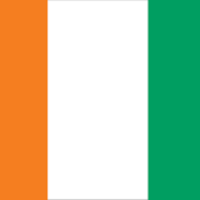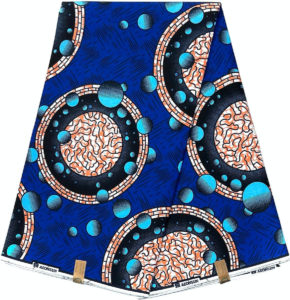The indigo fabric of West Africa is not left out in Côte d’Ivoire, especially as this part of the world is endowed with rich cultural clothes. Pagne, bright fabric wraps used by females, and kente, the woven cloth used more frequently by males, originate from tradition and iconic prints of being artistic and culturally symbolic of the country (Bamba, 2023). These are usually made by hand employing time-honored methods, and the layout and designs that are in them depict various cultural-historical images. For example, kente cloth is from the Akan ethnic group; its wearers display distinct status, and it is worn during special occasions. The making of such garments means that lots of jobless artisans out there will be assisted, and it also has its role to play in ensuring that the country’s cultural values are kept alive and well (Raga and Abudu, 2022).
This market is therefore experiencing competition from fabric that can be imported as well as clothes that are manufactured in large quantities. Second-hand garments that are imported from European and North American countries have overwhelmed local markets with cheaper merchandise that substandardize indigenous products (Keho, 2020). Yet, African garments have recently gained recognition in both domestic and international markets, with a shift in some designers putting into practice designs that incorporate traditional African clothing materials. This trend has increased the exportation of African-themed outfits to the global market since there is increasing recognition of the workmanship and cultural value of Ivorian attire (Charles, 2021). It was therefore found that the ability to develop the indigenous textile industries and provide them with means to compete in the international market is dependent on the support of trade policies and incentives.




